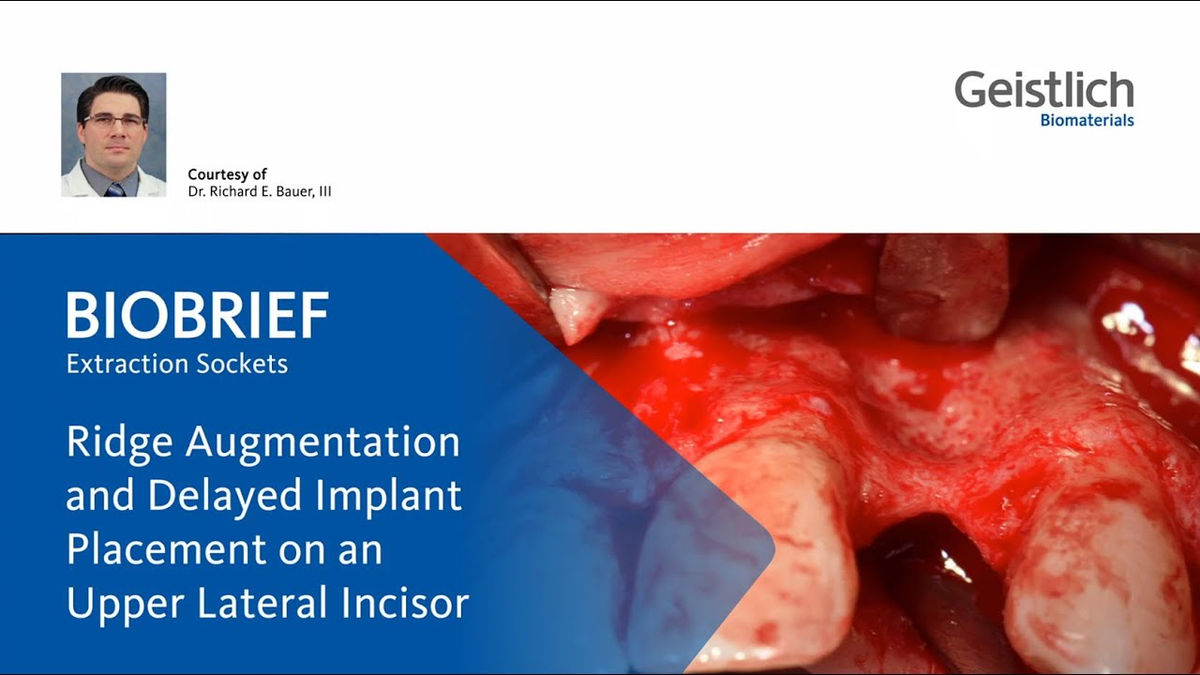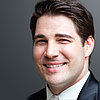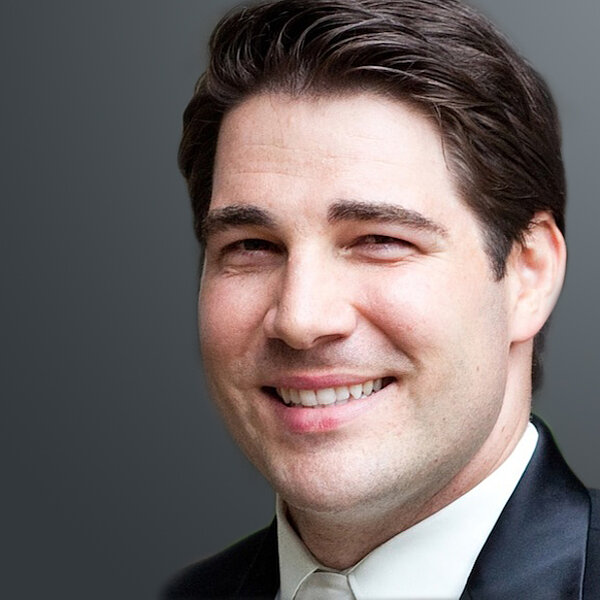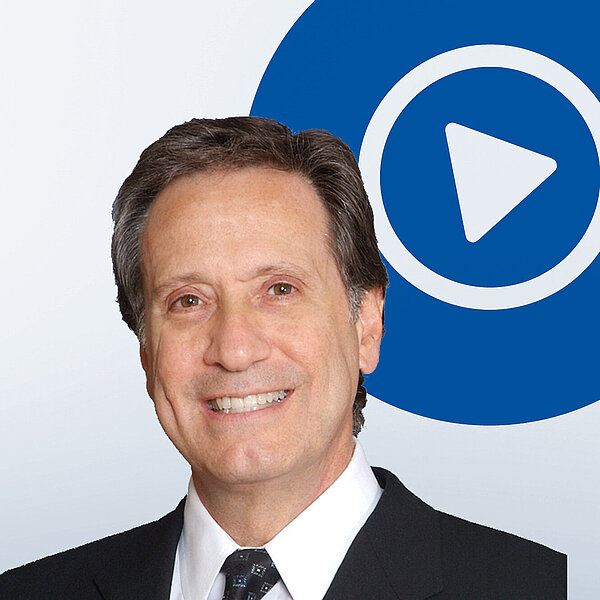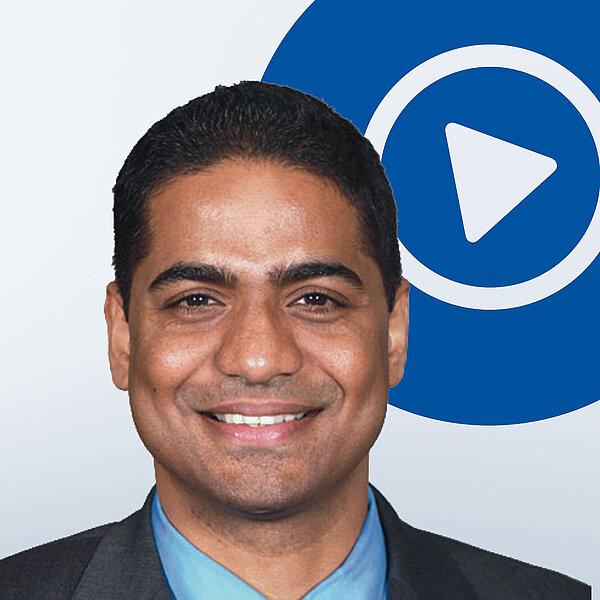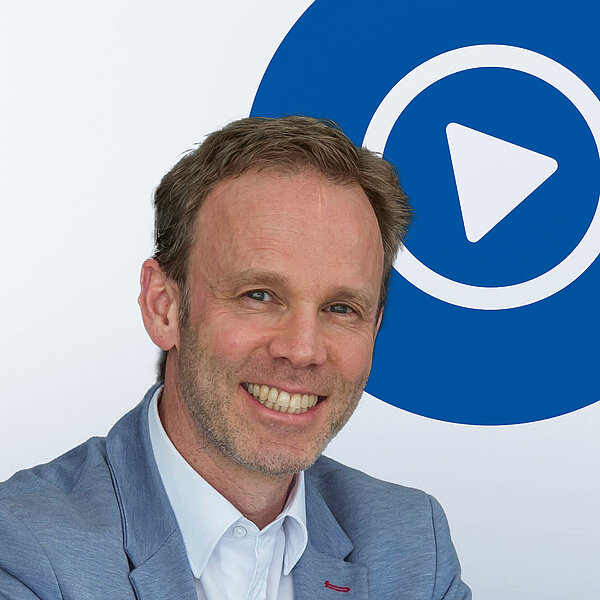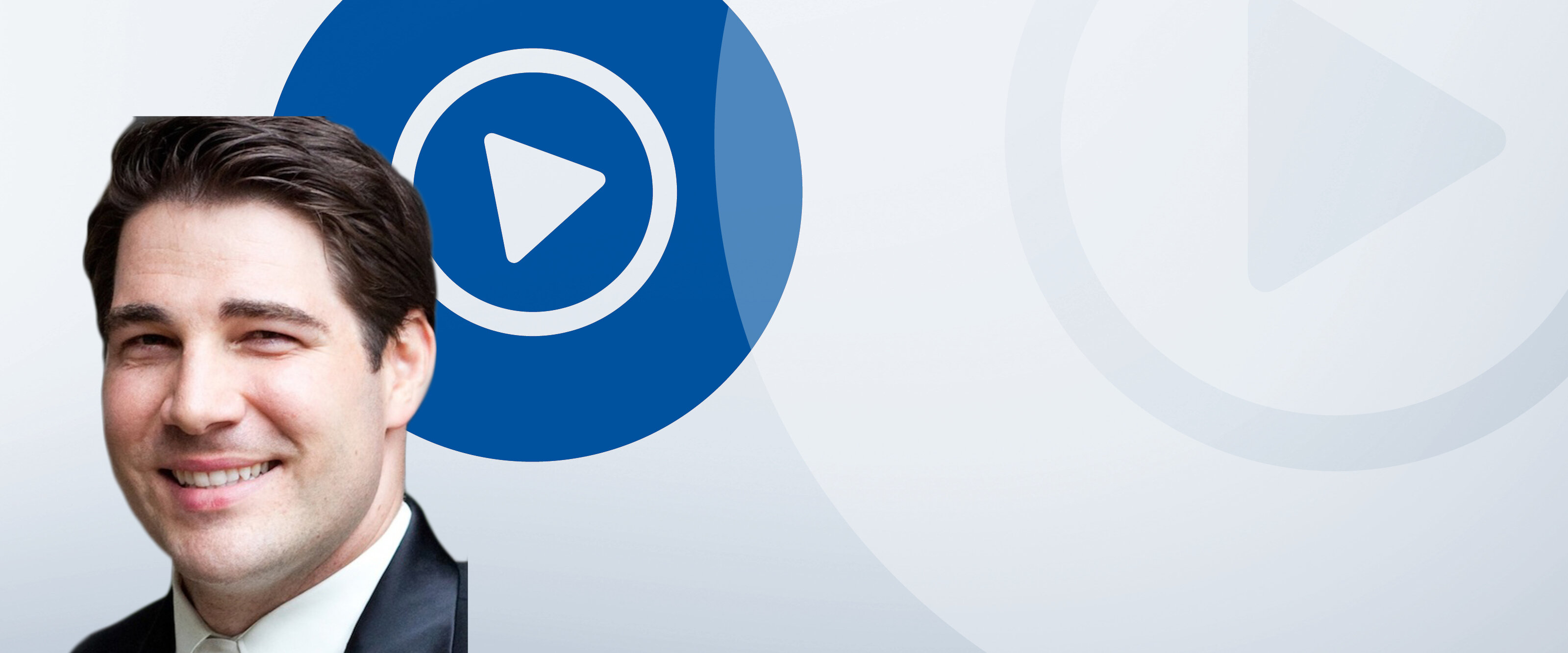
Ramus Bone Graft for congenitally missing maxillary lateral incisor
BioBrief - 2-Stage Implant Placement
The Situation
An 18 year old female presented with a congenitally missing tooth #10. The patient previously sought care by another provider and had undergone guided bone regeneration with allograft and subsequent implant placement with additional grafting at the time of implant placement. The implant ultimately failed and was removed prior to my initial consultation. An examination revealed maximal incisal opening, within normal limits, missing #10 with 6 mm ridge width. In addition there was a significant palpable cleft-like depression on the facial aspect of the ridge, adequate attached tissue but reduced vertical height in relation to adjacent dentition and attached tissue. Previous surgeries resulted in extensive fibrous tissue with scarring at site #10. Plan: A ramal bone graft is indicated at the congenitally missing site #10 with Geistlich Bio-Oss® and Geistlich Mucograft® matrix utilized for ridge augmentation prior to secondary implant placement.
The Approach
The goals for this patient are to reconstruct the osseous foundation and provide a matrix for improvement with the overlying soft-tissue. Specifically, a coordinated multidisciplinary plan was established with the restoring dentist, periodontist and oral surgeon. A plan for idealized anterior cosmetic prosthetic restoration was established. Sequencing of treatment was established. Surgical phase one included a ramal bone graft to site #10 and Essix type temporary prosthesis for immediate post-operative phase followed by a temporary Maryland bridge. Surgical phase two included implant placement and simultaneous crown lengthening and osteoplasty. This stage was done with immediate provisionalization.
The Outcome
This case was dependent upon adequate hard-tissue reconstruction combined with soft-tissue manipulation to eliminate scar tissue and provide esthetic recontouring. Obtaining an adequate autogenous graft combined with Geistlich Bio-Oss® at the periphery of the onlay graft is essential for anterior-posterior and vertical augmentation. Utilizing a Geistlich Mucograft® matrix at the ridge crest to help contain the particulate graft and improve the soft-tissue profile for subsequent immediate provisionalization and re-contouring of the surrounding soft-tissue played a significant role in the esthetic success.
Keys to Success
- Identifying a problem list and potential pitfalls at the treatment planning stage.
- Having a group of professional colleagues to execute complicated cases as a team. Each having skill sets that they are specialized in and can provide reliable outcomes.
- Slightly larger autogenous block graft than what is necessary to allow for mitering and fixating. Fixating the onlay graft with a lag screw technique to eliminate micromotion across the graft.
- Particulate grafting the periphery of the onlay graft. Geistlich Bio-Oss® combined with autogenous bone harvested with a bone trap while mitering the autogenous block.
- Soft-tissue matrix (Geistlich Mucograft®) to maximize soft-tissue availability and re-contouring during crown lengthening, osteoplasty and immediate implant provisionalization.
